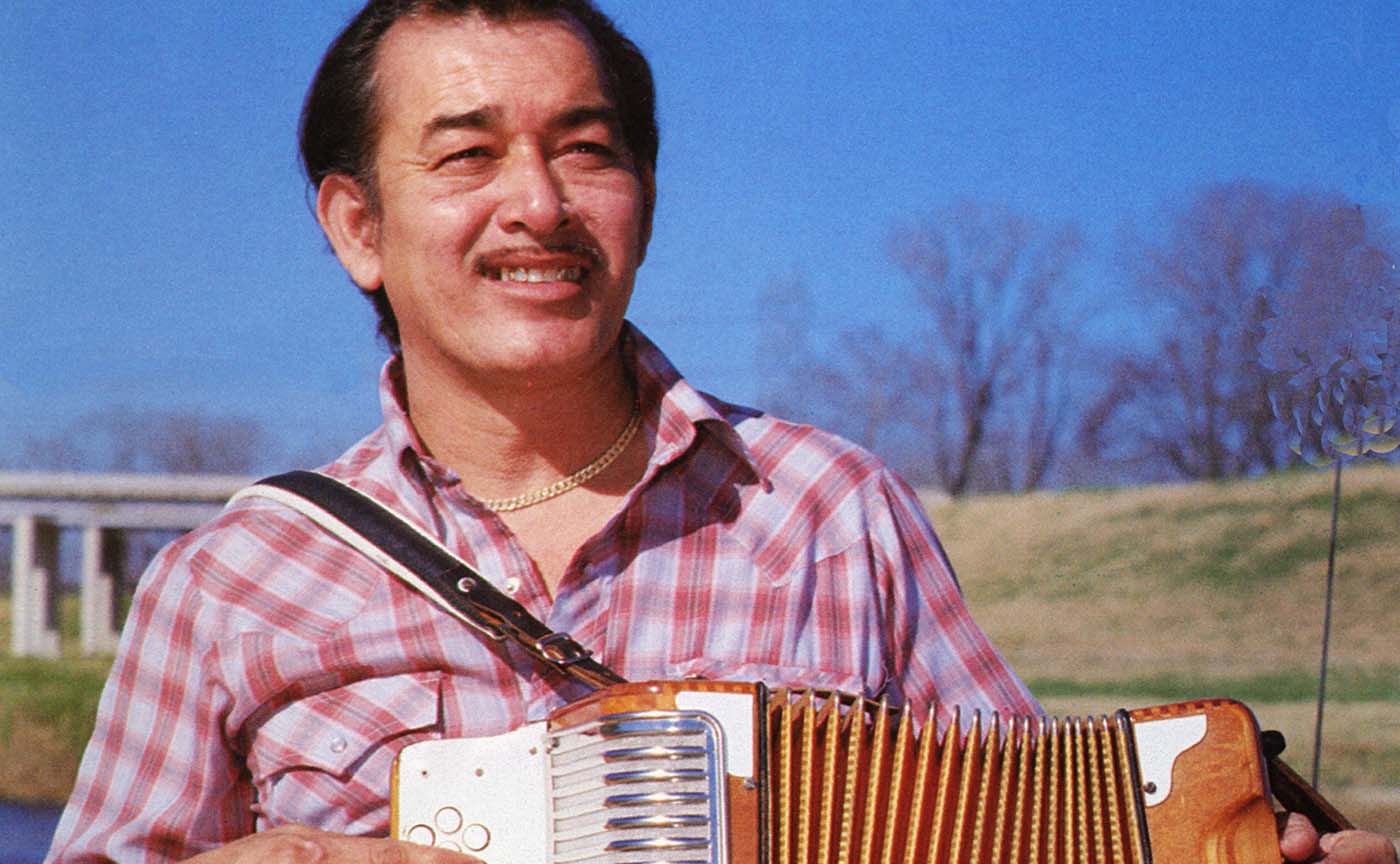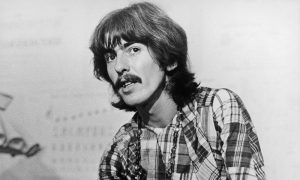It’s hard not to hear the similarities between country and Tejano music, once you lock into them. Tejano is one of the most popular forms of music in Texas, with roots in traditional Mexican, Spanish, German, and Czech music. In short, its roots are virtually the same as country music. So it’s been no surprise to see artists like George Strait sing odes to Vicente Fernandez. Or Johnny Rodriguez to fit so seamlessly into Nashville in the 1970s. Or for Emilio Navaira to perform at a packed Astrodome in 1995, alongside co-headliner Selena. You get the idea.
More recently, artists like Kacey Musgraves and Carrie Underwood have been reaching out to Spanish-speaking audiences with solo songs and collaborations. And Spanish language musicians like Chiquis Rivera, Joss Favela, Carin Leon, and Becky G have made their way into country music fan’s ears. But this cross-pollination of Tejano and country music is hardly new. In this article, we’ve rounded up just a few of the folks that made a deep impact in both Spanish and English language music.
Listen to our Latino Infused Country playlist here.
Emilio Navaira
The name Emilio Navaira is synonymous with Tejano music. Known as “The Garth Brooks of Tejano,” “El Rey Del Rodeo,” and “The King Of Tejano,” Navaira garnered huge exposure via companies like Coca-Cola and Wrangler, which used his music for national commercials. In short, Navaira is responsible – alongside Selena – for bringing Tejano music to mainstream markets in the 90s.
Navaira even had a successful crossover into country music. That crossover began in the mid-90s with Emilio’s signing to Capitol Records Nashville. The lead single from his debut album, “It’s Not the End of the World” reached the Top 30 of the country charts in 1995. The album was a success, too, reaching No. 13. Despite his unexpected death from a heart attack in May 2016, Navaira’s legacy is secure as someone that opened doors for many others in Tejano and country music.
Freddy Fender
Freddy Fender was a Mexican-American Tejano and country music icon, perhaps best known for his 1975 hits “Before the Next Teardrop Falls” and “Wasted Days and Wasted Nights.” Fender worked solo and, in later years, alongside successful groups like Los Super Seven and the Texas Tornados. In all, he won three GRAMMY Awards and his own star on the Hollywood Walk of Fame, among many other accolades.
Fender’s music focused on Mexican-American struggles associated with poverty and small-town living. But that’s what made him so beloved. His final album was a collection of classic Mexican boleros titled La Música de Baldemar Huerta, a fitting finale for an artist that worked seamlessly between country, rock and roll, and Tejano music throughout his lengthy career.
Lydia Mendoza
Lydia Mendoza had plenty of nicknames throughout her career, but perhaps the most important was “The Mother of Tejano Music.” Mendoza began her career at a young age, making music and touring with her family in the 1920s. Over the course of six decades of performance, she recorded for countless record labels. (Some estimate she recorded around 200 Spanish language songs.) Her best-known tune, however, was “Mal Hombre” – a song she didn’t write, but quickly made her own. Among her many accolades, in 1999, she was awarded the National Medal of Arts by President Bill Clinton. As a strong, independent woman, she continues to stand as one of the most important figures in all of Tejano music.
Flaco Jiménez
Born in 1939, and raised in San Antonio, Texas, Leonardo “Flaco” Jimenez grew up in a musical family. So it’s no surprise he was learning how to play the bajo sexto and accordion by age 7. Jimenez quickly became a local fan favorite throughout bars in San Antonio. His sound mixed Tejano with country and blues, the ultimate Tex-Mex. Jimenez has had some high-profile fans over the years, leading to collaborations with Dwight Yoakam, Linda Ronstadt, and The Rolling Stones. Flaco’s biggest hit, though, is perhaps as part of The Texas Tornados (alongside Freddy Fender and others). Their song “(Hey Baby) Que Paso” remains a touchstone. Jimenez has collected many accolades throughout his career: Six Grammys, multiple Lifetime Achievement Awards, and a photograph that is displayed at the National Portrait Gallery of the Smithsonian Institution in Washington, D.C.
Johnny Rodriguez
Johnny Rodriguez was born December 10, 1951, in Sabinal, Texas. As a teenager in 1969, Rodriguez was arrested along with some friends for stealing and cooking a goat. It was a lucky break. During his time in jail, an officer heard Rodriguez sing. The officer was so impressed he told a local promotor about Rodriguez, and the rest is history. Throughout the 70s, Rodriguez had great country chart success with songs like “You Always Come Back Hurting Me” and “Ridin’ My Thumb to Mexico.” What made Rodiguez so special in Nashville, though, is his insistence on including Spanish language material on his releases. As music journalist Natalie Weiner wrote, Rodriguez’s Spanish insisted “without stating it explicitly that country music was not just for white people, and not just for English speakers.”
Rick Treviño
Rick Treviño was raised around musicians. His father played in a Tejano band, and at a very young age, Treviño began to play a few different instruments. In 1993, he released his first album, Dos Mundos. His label insisted he record the album in Spanish, although he wasn’t fluent in the language, but the album went gold. 1994 saw the release of an English language album, which also became gold certified, and contains one of his greatest hits, “She Can’t Say I Didn’t Cry.” This moving back and forth between languages has continued throughout his career. Indeed, Treviño’s song “Just Enough Rope” was the first major label country song to be released in both Spanish and English. It cemented as Treviño one of the most popular Hispanic singers in country music.
Looking for more on Tejano music? Read our feature about the King of Tejano music, Emilio Navaira.




